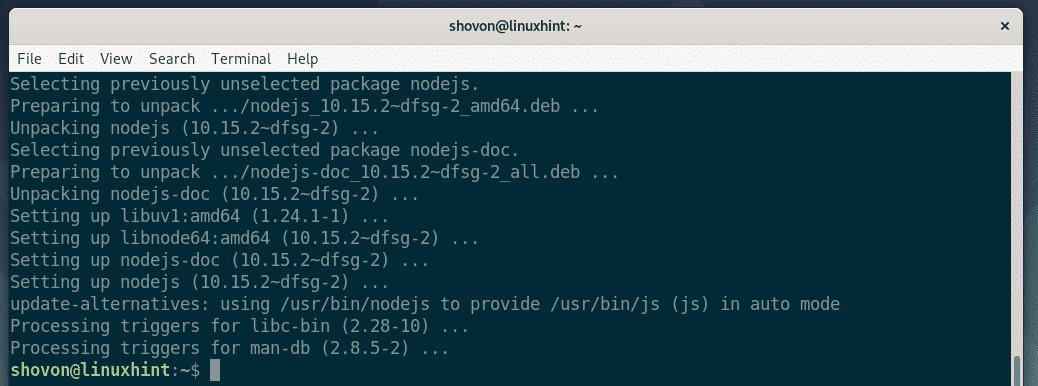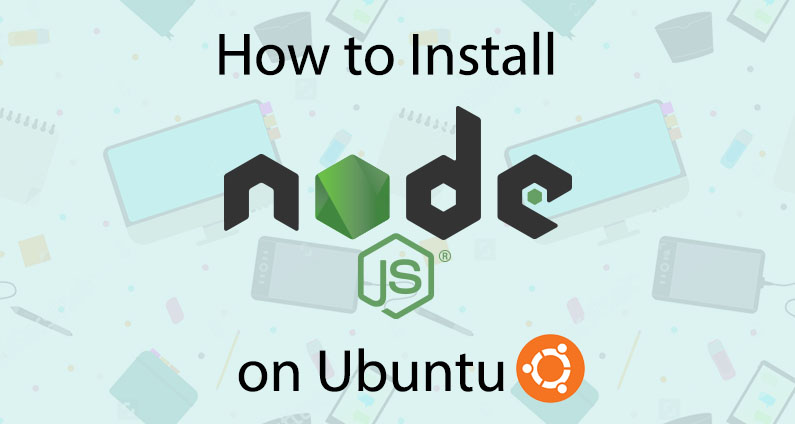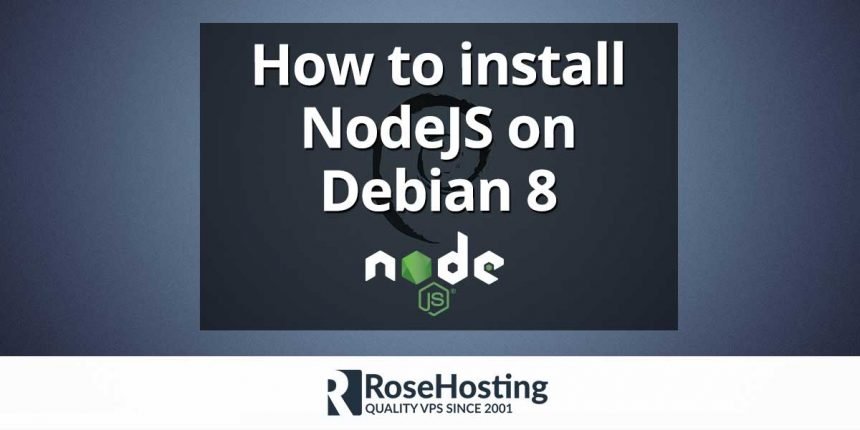

Usually you would use the node -v command to check the node version, but in Debian there’s already a different package, also called “node”, therefore to avoid conflicts the Node.js command was renamed to “nodejs”. If everything has gone as expected, you should have now Node.js installed in your system you can check the Node.js version like this:

Install node ( this will also install npm) You can follow these steps to install a newer version:Ģ. Still, the nodejs package in the official Debian repositories is usually quite old and out of date. In Debian Linux installing Node.js is as simple as running this command: If you are using a Linux distribution, chances are that there is already a Node.js package in your distribution’s repository. On the other side the current edition has the most up to date version and the latest features.įor the more adventurous there are nightly builds.

LTS stands for long term support: it has a longer maintenance cycle than the current edition which makes it ideal for production use. You can choose between the current edition or the LTS edition. You can download the correct installer for your system from the site. How to install Node.js Available versions

Now access url in is a JavaScript runtime (it uses Google V8 parser): in other words, it allows us to run JavaScript code outside of the web browser using Node.js we can develop server side applications or client desktop applications using JavaScript. The web server has been started on port 3000. Now start the node service using the following command. Create a file http_server.js vim http_server.jsĪnd add the following content var http = require('http') Let’s create a web server with “Hello World!” text. If you want to test your node.js install. Step 4 – Create Demo Web Server (Optional) You can find more details about current version on node.js official website.


 0 kommentar(er)
0 kommentar(er)
